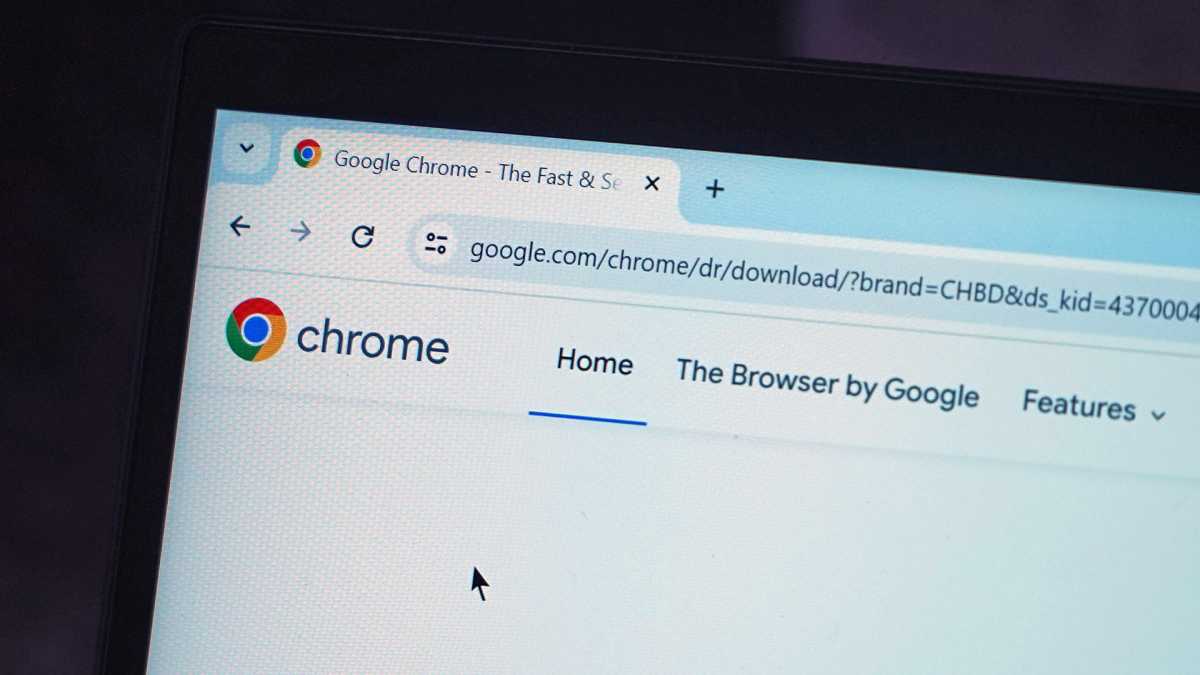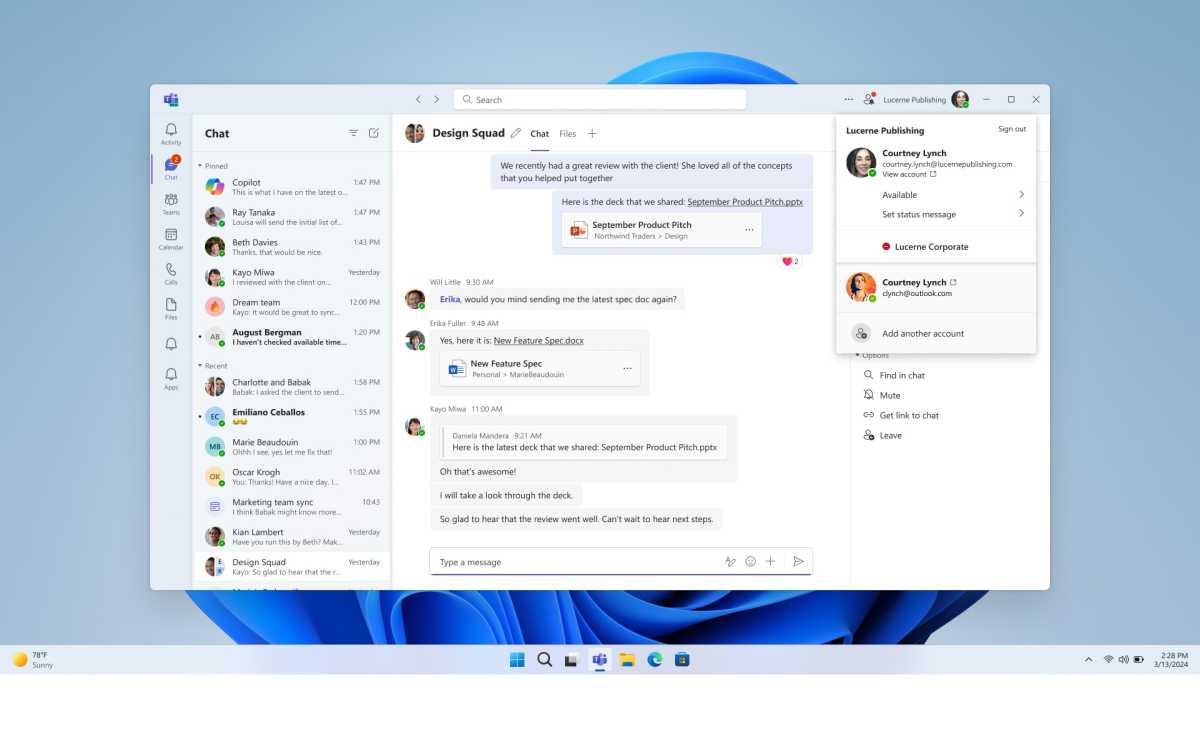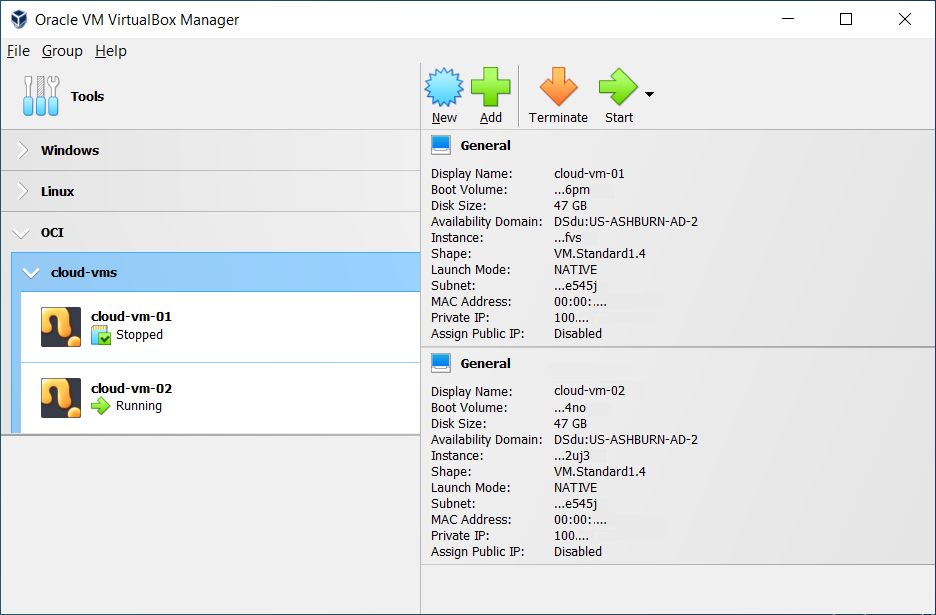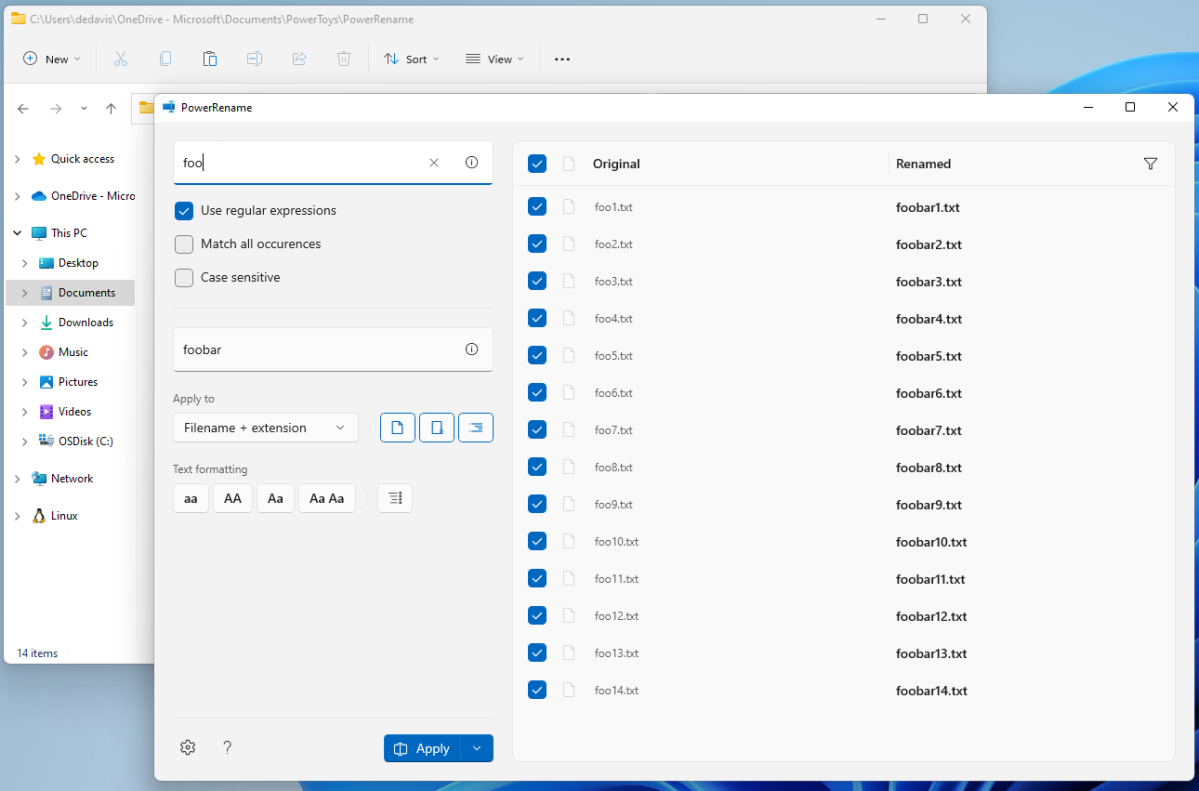The fact that IT is such an exciting topic has a lot to do with the constant changes. In hardly any other industry do new technical developments follow each other so closely. Ground-breaking new products are launched on the market in rapid succession and often become widespread very quickly.
However, it often happens that after a few years, competing products emerge that replace their predecessors thanks to having a better concept, a modern interface, greater functionality adapted to current requirements, or simply lower costs.
In this article, we present a series of examples in which programs that were previously regarded as a kind of standard have been replaced by new developments, and explain the background and reasons for the change in each case.
Further reading: 13 important Windows settings to adjust immediately
Microsoft Defender instead of Avira Free Antivirus
The Defender included in Windows 8, 10 and 11 has replaced third-party antivirus programs such as Avira Free Antivirus on many PCs.
Foundry
The German company Avira launched Antivir, one of the first professional antivirus programs, in 1988 under the name H+BEDV Datentechnik. Avira Free Antivirus, the free version for private users, was soon to be found on almost every computer whose owner took the increasing number of warnings about viruses and other malware seriously.
Microsoft hesitated for a long time before integrating its own antivirus tool into Windows. Windows 7 already included a program to defend against adware and spyware, but it was ineffective against classic malware.
However, as the danger posed by computer viruses increased exponentially and many users still went online without protection software, Defender was integrated into the operating system with Windows 8. Up until the first editions of Windows 10, however, the detection rates were low and the program was therefore not recommended.
However, this changed with Windows 11 at the latest, and the software is now on a par with other free antivirus solutions. As it does not need to be installed, uses few resources, and does not display ads, it has largely replaced Avira and other competitors on private PCs.
Google Chrome instead of Firefox

Google Chrome was able to prevail over Firefox thanks to its sober user interface and superior speed.
Michael Crider/Foundry
The market share figures for the major browsers from March 2024 show a clear winner: According to market researchers from Similarweb, Google Chrome has a share of 64.7 percent on U.S. desktop computers. Edge is in second place with 14.71 percent, while Firefox has a paltry 5.32 percent share.
Looking at the global figures, the gap between the browsers is just as pronounced: Chrome leads on the desktop with 67.51 percent, followed by Edge with 14.83 per cent, Safari with 7.9 percent, and Firefox with 6.21 percent.
In 2010, Firefox was the second-most popular browser with an average share of 30 percent, topped only by Internet Explorer with a market share of between 40 and 50 percent, although a strong downward trend was already apparent. What has happened since then?
Firefox was popular because, as open source software, the browser offered an alternative to Microsoft’s proprietary Internet Explorer. Users also liked the large number of available extensions with which they could customize the browser.
However, when the number of users of the now outdated Internet Explorer fell, it was not Firefox that benefited, but Google Chrome, which was only launched in 2008. The browser had a cleaner and more organized structure than Firefox, was also faster, and was considered more secure, as each tab runs in its own process, which is executed in a sandbox.
Although Firefox has been extensively revised since then, the manufacturer Mozilla has not yet been able to build on its old successes.
7-Zip instead of Winzip/Winrar
Winzip was created in the early 1990s as a Windows user interface for the original Pkzip packing program. Although it was shareware, it was initially included with numerous book and magazine CDs as an unlimited trial version and thus became widely used by private users.
Winrar, on the other hand, is a packing program for the somewhat differently structured RAR compression format. It can also create and open ZIP files, whereas Winzip can only unpack RAR files due to license reasons.
Winrar is distributed as an unlimited trial version: After 30 days, the user receives a message that they must license the software. However, the program can still be run without a license.
For several years now, Winzip has only been available free of charge for 21 days, after which the user must pay for the software at prices starting at around $36. Together with the integration of a ZIP tool in Windows, this has led to a sharp decline in user numbers.
Today’s Windows users either use the operating system’s zip function instead or resort to the free open source software 7-Zip, which has an extended range of functions compared to Windows and can also securely encrypt ZIP files and protect them with a password, for example.

A new version of the free Teams client has been included in Windows for a few weeks now. You can use the program to chat or hold video conferences.
Microsoft
Teams replaces Skype
Microsoft Teams is currently in the process of replacing Skype. Microsoft designed Teams from the outset as a central tool for collaboration within and outside of companies.
Voice calls are just as possible as video calls, and Teams is also linked to other applications from the Microsoft cosmos. Participants in a meeting can, for example, view PowerPoint presentations or edit Excel sheets together. At the same time, access to SharePoint, Outlook, and the OneDrive storage is possible.
Skype also allows you to make phone calls and hold video conferences. However, you can tell that the program was originally designed as a messenger. It offers very few functions for collaboration in groups.
Microsoft is expected to discontinue Skype in the next few years. Skype for Business Online has already been discontinued and the version for the local data center is expected to be discontinued in 2025. Only the version of Skype for home users does not yet have an end date.
VirtualBox instead of VMware Player

from Oracle offers an easy-to-understand interface for its virtual environment.
Foundry
VMware is one of the pioneers of the virtualization trend of the past 20 years. The company targeted its products at companies and public authorities.
This also applied to the free VMware Player, a lightweight program with which the user could start virtual machines. Today, the software is offered under the official name VMware Workstation Player.
From the mid-2010s, when PCs for private users were also suitable for working with virtual machines thanks to multicore processors and ample RAM, users increasingly turned their attention to the open source tool VirtualBox from Oracle.
It offered more functions than the VMware Player right from the start and has maintained this lead to this day. Many users also find it easier to use.
For this reason, VirtualBox is the preferred choice for private users and smaller companies.
Further reading: The best free software for your PC

The current version of Microsoft PowerToys includes around two dozen modules that extend Windows,
such as PowerRename.
Microsoft
In the days when hard drives were still slow and small, CPUs were weak, and RAM was scarce, numerous tools were created to make Windows leaner and faster.
They searched for orphaned entries in the registry, deleted or deactivated unnecessary services, searched for duplicate and no longer needed files, defragmented the hard drive, and emptied the autostart. The effect on the execution speed was small, but at least the tools freed up some memory.
With the advent of faster and ever larger SSDs, more powerful processors and inexpensive memory, most optimization tools became superfluous. The hardware had become so powerful that it made no difference whether the registry was a few megabytes larger or smaller or whether a few more or fewer services had to be loaded.
Hard disks and SSDs now also offered so much storage space that users no longer needed to worry about free space.
The optimization tools needed a new concept. One possible variant is demonstrated by Microsoft with its free PowerToys.
This collection of tools continuously adds functions to Windows, such as a color picker that picks up a color from the desktop and copies it to the clipboard, FancyZones for designing window layouts, or an editor for the Windows hosts file. The desired functions can be selected as required.
Further reading: Supercharge Windows with Microsoft’s free PowerToys
OneDrive instead of Dropbox
Dropbox was the first popular file hosting and file sharing service on the internet. It used a simple and efficient method for uploading files, which was later adopted by all major file hosting services: The user copies the files to the Dropbox folder on their local hard drive, from where they are automatically synchronized with the Dropbox server.
The user can create a link to each file. If he sends it by email, the recipient — provided she has the necessary access rights — can access the file and download it.
In this way, Dropbox solved many problems with the transmission of particularly large files, which were often not accepted by the email provider due to size restrictions.
The major drawback of Dropbox has always been the limitation of the free basic service to 2GB of free storage. This value could be increased in 500MB increments by recommending the service to other people, but even this was too little for many users. However, users had to take out a paid subscription for more storage.
Google Drive, for example, offers an alternative with 15GB of free storage. Finally, Microsoft provides every Windows user with a Microsoft account with 5GB of storage. Subscribers to the Microsoft 365 Office package even receive one terabyte for free.
In other words, for $70 a year, the user gets one terabyte of free storage, and Microsoft adds an Office package on top.
By way of comparison, 2TB currently cost $9.99 per month with Dropbox, and additional software is not included in this subscription. Microsoft can also point out that its cloud storage OneDrive is closely integrated into Windows and allows automatic backups, for example.
Tip: Windows Explorer with two-window view

Use the “Maximize” icon in the title bar to access a graphical overview of the options for arranging multiple windows in Explorer.
IDG
The major disadvantage of Windows Explorer compared to tools such as Total Commander has always been its limitation to one window. For copying and moving files, however, two adjacent windows would be more advantageous. However, you can realize this view with just a few mouse clicks.
First start an instance of Explorer. Now open the program a second time. You have various options here: For example, you can call it up in the first Explorer by double-clicking on the explorer.exe file under C:\ Windows — or, if the Explorer icon is in the taskbar, start a copy by right-clicking and selecting “Explorer.”
In one of the two Explorer windows, move the mouse over the square at the top right of the title bar, i.e. the “Maximize” icon, and click on the “Group | Start” display in the small overview window. Windows will now arrange the two Explorer windows next to each other.
This article was translated from German to English and originally appeared on pcwelt.de.
This article originally appeared on our sister publication PC-WELT and was translated and localized from German.

